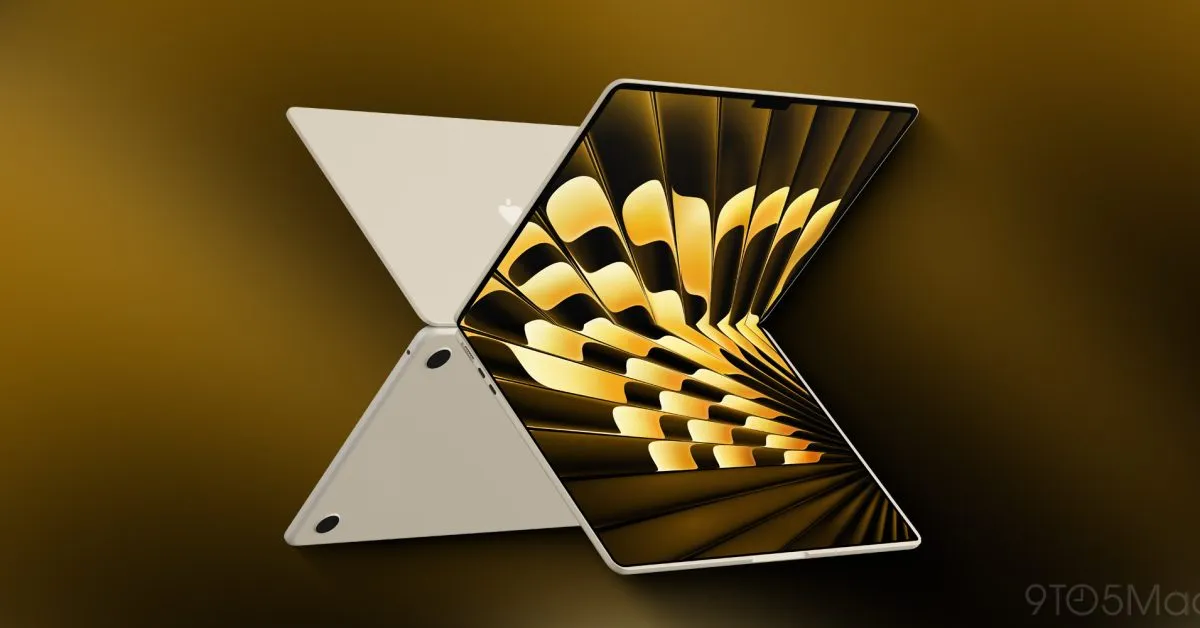
In a recent analysis, renowned tech analyst Ming-Chi Kuo has provided insights into the highly anticipated Apple foldable iPhone, which is expected to launch in 2026. Kuo emphasizes that this innovative device is designed to be a premium offering in Apple's lineup, likely coming with a staggering price tag that may exceed $2000.
Customers can look forward to exceptional hardware specifications, including a cutting-edge display technology that eliminates visible creases when the device is folded. The foldable iPhone will feature a robust hinge made from stainless steel and titanium alloy, all encased in a sleek body that measures just 4.5 mm thick when unfolded. However, this impressive thinness may lead to the omission of the Face ID feature, as Kuo predicts a return to Touch ID.
Due to thickness and internal space constraints, the first-generation foldable iPhone is expected to utilize Touch ID biometric authentication through a capacitive side button. This method is reminiscent of the Touch ID button found on the iPad Air, marking a significant shift as it would be the first iPhone without a home button to incorporate fingerprint recognition.
The foldable iPhone is anticipated to adopt a folding book design, featuring an approximately 7.8-inch inner display and a 5.5-inch outer display. When unfolded, the device's screen size will be comparable to that of an iPad mini. Apple is expected to market this foldable iPhone as one of the first devices in the industry to showcase an invisible crease, further enhancing its status as a luxury product.
In terms of photography, Kuo predicts that the foldable iPhone will be equipped with two cameras. This includes a front-facing camera that will function in both folded and unfolded modes. Additionally, the rear camera setup is expected to feature two lenses, ensuring high-quality imaging for users.
When folded, the foldable iPhone is projected to measure about 9.5 mm thick, making it one of the thinnest foldable smartphones available on the market. While it may not hold the title for the thinnest foldable device—many competitors like Samsung's offerings are around 12 mm thick—it remains a competitive option.
Final specifications for the foldable iPhone are expected to be confirmed soon, with mass production slated to commence in the fourth quarter of next year. Kuo anticipates that the initial release will have a relatively low volume, primarily due to the device's intricate production process. He projects shipment numbers in the range of 3 to 5 million units for 2026, with total sales potentially reaching 20 million units by 2027. This figure includes anticipated sales of a second-generation model, which is expected to debut in the latter half of 2027.
The upcoming Apple foldable iPhone is poised to be a game-changer in the smartphone market, blending cutting-edge technology with a premium design. As consumers eagerly await its launch, the device's unique features and specifications promise to set new standards for foldable smartphones.